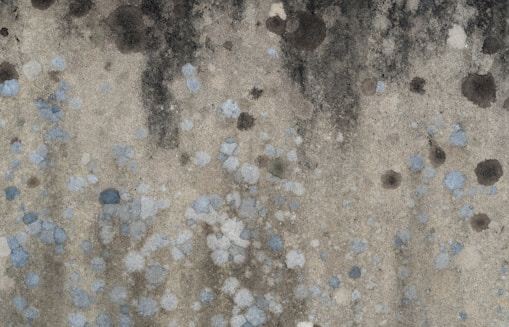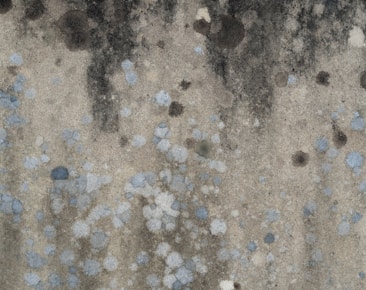
The Mold Remediation and Mold Inspection Experts that Ann Arbor Residents Rely On!
Mold infestations can be a significant concern for homeowners and business owners alike, especially in regions prone to humidity and moisture like Ann Arbor, MI. Properly inspecting mold is a crucial step in identifying and addressing potential problems early on. In this detailed guide, we will explore effective methods for inspecting mold, emphasizing the importance of professional mold remediation in Ann Arbor.


A Comprehensive Guide to Inspecting Mold: Ann Arbor Mold Remediation Insights
Mold inspection involves a systematic process of identifying, assessing, and documenting mold growth in indoor environments. Detecting mold in its early stages is essential to prevent it from spreading and causing structural damage, as well as potential health risks. Thorough mold inspection provides the foundation for informed decision-making regarding necessary remediation actions.


Understanding Mold Inspection
DIY Mold Inspection Steps
For minor concerns, conducting a preliminary mold inspection yourself can help you determine whether further action is required. Here's a step-by-step process to get you started:
1. Visual Examination:
Begin by visually inspecting areas prone to moisture accumulation, such as bathrooms, kitchens, and basements. Look for visible signs of mold growth, which include discoloration, dark spots, or fuzzy patches on surfaces.
2. Musty Odor:
Mold often emits a distinctive musty odor. Pay attention to any unpleasant smells, particularly in areas with poor ventilation or known water leaks.
3. Water Leaks:
Check for any signs of water leaks, dampness, or water stains on ceilings, walls, and floors. Persistent moisture provides an ideal environment for mold to thrive.
4. Humidity Levels:
Monitor indoor humidity levels using a hygrometer. High humidity levels can contribute to mold growth, especially in humid climates like Ann Arbor.
5. Ventilation:
Ensure that ventilation systems, including exhaust fans and air conditioning units, are functioning properly. Proper airflow helps prevent excess moisture buildup.
6. Condensation:
Inspect windows, pipes, and cold surfaces for condensation, as it can indicate excessive moisture content in the environment.
For comprehensive and accurate mold inspections, especially in larger spaces or when significant mold growth is suspected, seeking the expertise of certified professionals in mold remediation in Ann Arbor, MI, is advisable. Here's why:


Professional Mold Inspection Ann Arbor MI
1. Thoroughness:
Trained professionals have the experience and equipment to conduct a comprehensive inspection, identifying hidden mold growth that may not be visible to the naked eye.
2. Risk Assessment:
Professionals can assess the extent of the mold problem and determine whether it poses a health risk or structural concern.
3. Sampling:
Experts may take mold samples for laboratory analysis to identify the specific type of mold present and its concentration.
4. Documentation:
Certified inspectors provide detailed reports outlining their findings and recommendations for remediation, which can be valuable for insurance claims or property transactions.
5. Preventive Advice:
Professionals offer insights into preventing future mold growth by addressing moisture sources and improving ventilation.
COCLUSION
Properly inspecting mold is a fundamental step in maintaining a safe and healthy indoor environment, especially in moisture-prone areas like Ann Arbor. While DIY inspections can be useful for preliminary assessments, involving certified professionals in mold remediation in Ann Arbor, MI, ensures a thorough and accurate evaluation of potential mold issues. Whether you're a homeowner or a business owner, early detection and effective inspection methods are essential for preventing extensive mold growth and ensuring the well-being of occupants and property alike.


